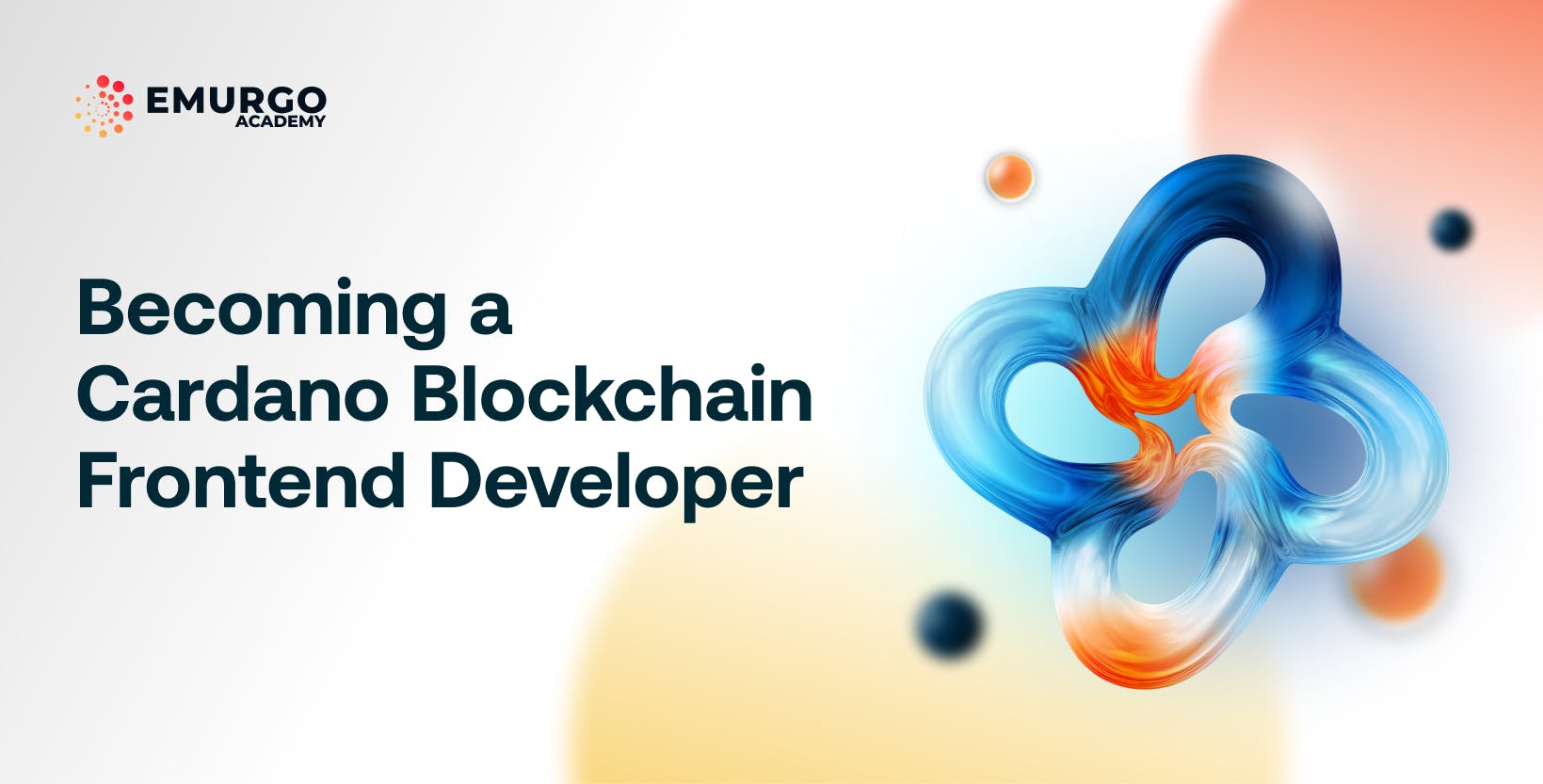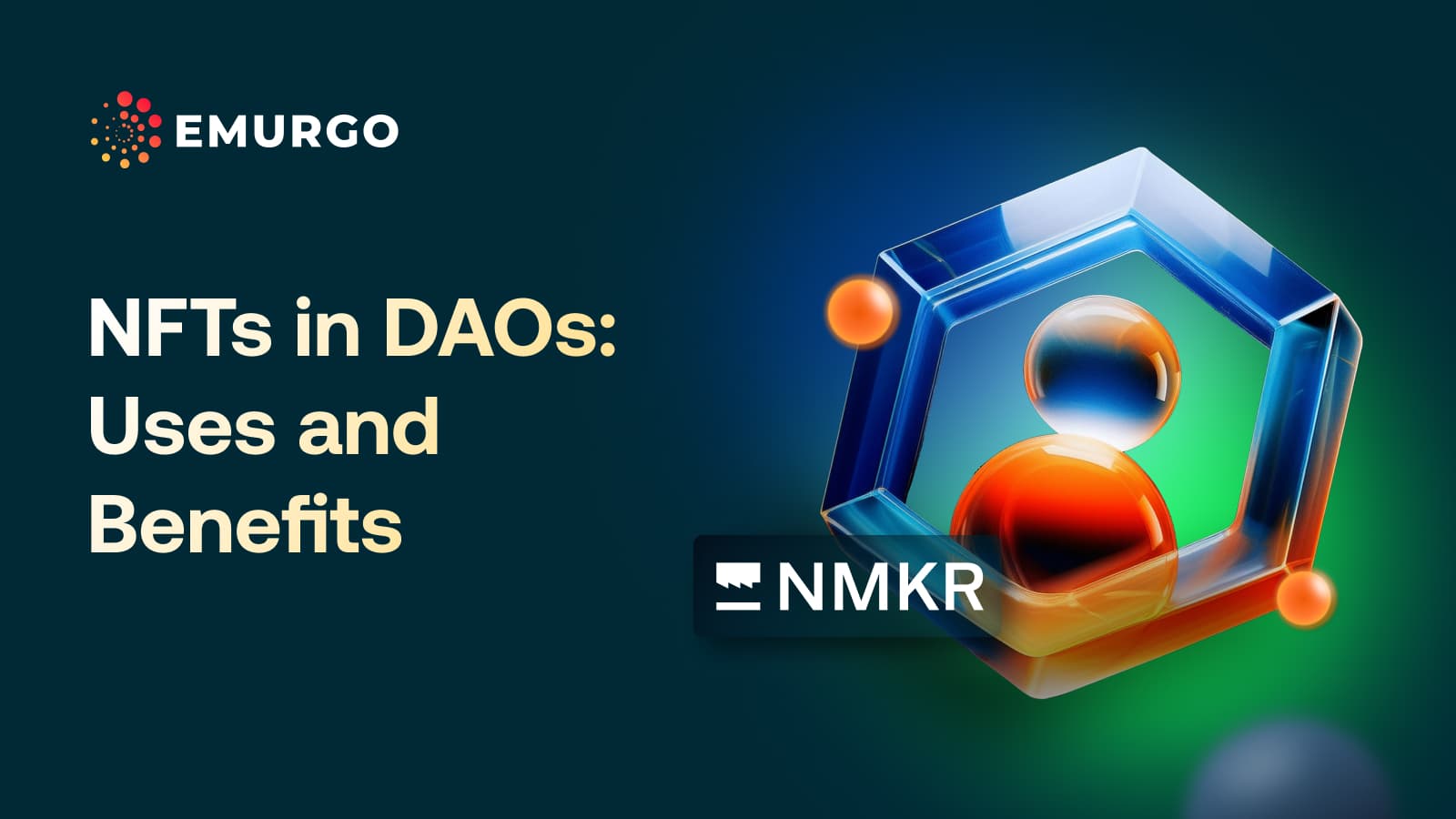In this Cardano blockchain developer roadmap blog series, we look at the different types of developer roles for the Cardano ecosystem. In our previous blogs, we discussed the need for developer specializations in Cardano and explained on-chain and off-chain Cardano developer roles.
In this blog, we discuss the frontend blockchain developer role. The frontend is one of the most crucial portions of a dApp as it’s the piece of technology most users will interact with regularly.
A good application frontend can make or break a project. It’s also the main way a blockchain developer connects with web development. Most of the web tech stack is also present in the world of blockchain and many blockchain developers start their careers as web developers for Web3 or even Web2 projects.
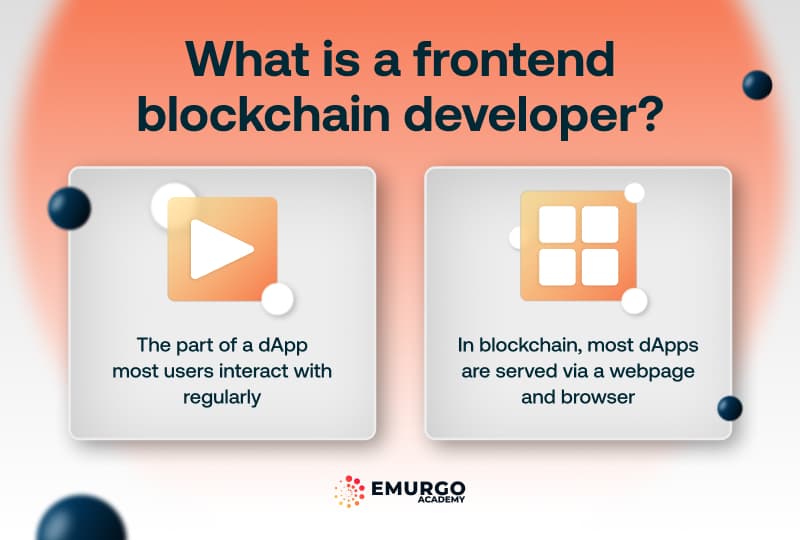
The frontend in this case refers to a webpage. In the world of web development, a frontend is much more than websites, but for blockchain technology, most dApps are mainly served via a browser.
The traditional tools of web development are very much in use in the world of blockchain. The main languages for this are Javascript and Typescript. Each has been a big part of the blockchain ecosystem for a long time.
The most popular frameworks like Vue.js and React are the main ways to create responsive web pages. Most projects have a high demand for developers familiar with these tools and they can easily break into the industry by knowing how to use them.
Finally, most projects use the Node Package Manager (npm) for these projects. It’s the standard, but recently Deno – a competitor of npm made by some of the same developers – has gained a lot of traction in the industry.
Those tools should be familiar to anyone with some knowledge of web development. They are applied to the blockchain world in the same way or with very little difference.
So, what are the specific requirements for blockchain development?
The tools mentioned are the same as normal web development.
The key difference in the case of blockchain development is connecting with the blockchain and allowing crypto wallets to form and execute transactions.
Those are the two pieces of technology that differ from what most web developers are familiar with. Let’s go over what this means
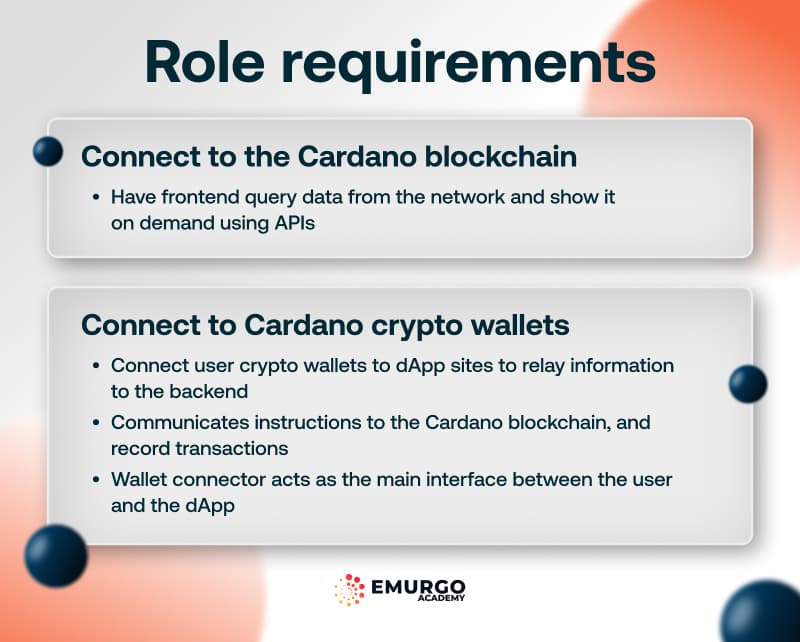
- Connecting to the Cardano blockchain
To have a functional dApp, the frontend needs to have information from the blockchain displayed to the user. This requires the frontend to actively query data from the network and show it on demand.
This is the job of the node or server. In blockchain, a node is a system that downloads the entire ledger and syncs with the network as it moves from state to state. The node actively participates as it downloads the latest block to the local system.
Since the node has a copy of the latest state of the ledger locally, it can serve as a relay point. The frontend developer can quickly set up points of connection and receive the requested information.
Of course, nodes have demanding hardware requirements and also need a lot of configuration. This has led to an industry of providers that quickly serve API points for dApps to use and that way developers can avoid having to set up a local node. Some of these are:
- Blockfrost: perhaps the leading API provider for the Cardano network. It’s one of the most complete services when it comes to querying data from the ledger and other roles a node would normally provide.
- Koios: a popular alternative it provides an open-source public API query layer for Cardano. Allowing developers the ability to quickly get data from the ledger and also service dApps with all the needed information.
- Ogmios: It’s a lightweight bridge interface for Cardano nodes that creates entry points to the Cardano network.
Probably other services provide similar capabilities, but these three are the most popular. The use of APIs is common in web development, so using these services should be familiar to people from that industry.
- Connecting to Cardano crypto wallets
The other major component of a frontend is the wallet connector. This means having a way for a crypto wallet to connect to a site for it to relay information to the backend. Finally, it communicates the instructions to the blockchain, and the transaction is recorded.
The wallet connector acts as the main interface between the user and the dApp. It’s the wallet that has control over the user’s private key and only with its authorization, a transaction can be forwarded.
The wallet connector also has to account for the myriad of different wallets that exist on Cardano including Yoroi, an open-source and the first light wallet for Cardano ADA holders.
All the requirements to connect dApps to wallets are specified in CIP-30, given its complexity many projects have developed ways to manage this piece of the dApp.
- Mesh: is the project that has the most friendly wallet connector. They have extensive documentation on the process and examples on their site. It’s currently the most user-friendly way to implement a wallet connector.
- Lucid: also possesses the capability to set up a wallet connector. It uses many of the same tech stack as traditional web development so it should be familiar to most people.
The Cardano ecosystem moves rapidly so new projects may also come with solutions for this piece of the dApp. For now, the two mentioned above are among the most widely adopted and have been servicing many of the projects on Cardano.
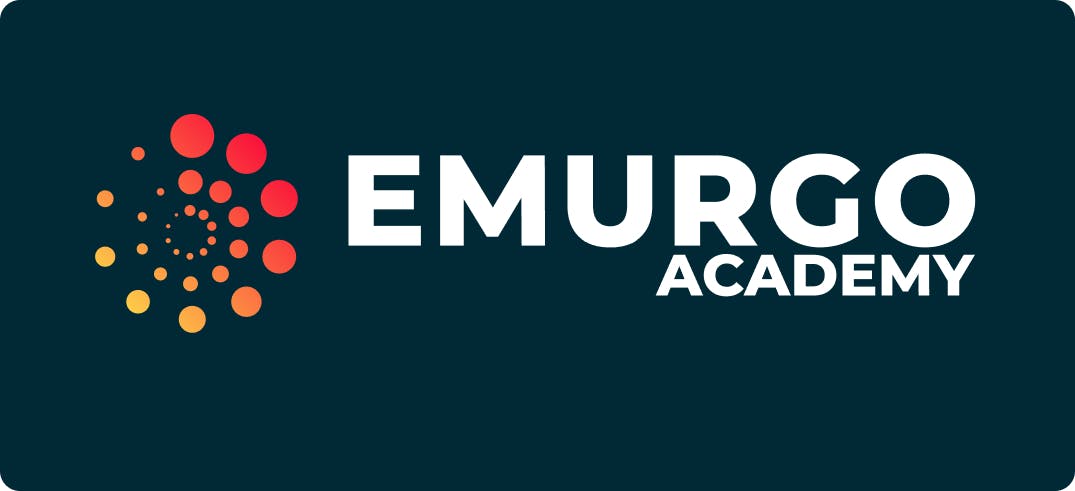
EMURGO Academy, the education unit of Cardano founding entity EMURGO, has created a specialized Cardano blockchain developer program that includes both Cardano node and wallet connector classes. It is designed to take web developers through the familiar grounds and introduce the new concepts specific to blockchain gradually to learn skills to become a Cardano frontend developer.
Cardano continues to be one of the biggest decentralized blockchain networks in the industry with many dApps for DeFi, NFTs, and more.
To start your career as a blockchain developer working on the Cardano ecosystem, visit EMURGO Academy and sign up for the course right for you.
About EMURGO
- Official Homepage: emurgo.io
- Twitter (Global): @EMURGO_io
- YouTube: EMURGO channel
- Facebook: @EMURGO.io
- Instagram: @EMURGO_io
- LinkedIn: @EMURGO_io
Disclaimer
You should not construe any such information or other material as legal, tax, investment, financial, or other advice. Nothing contained herein shall constitute a solicitation, recommendation, endorsement, or offer by EMURGO to invest.
